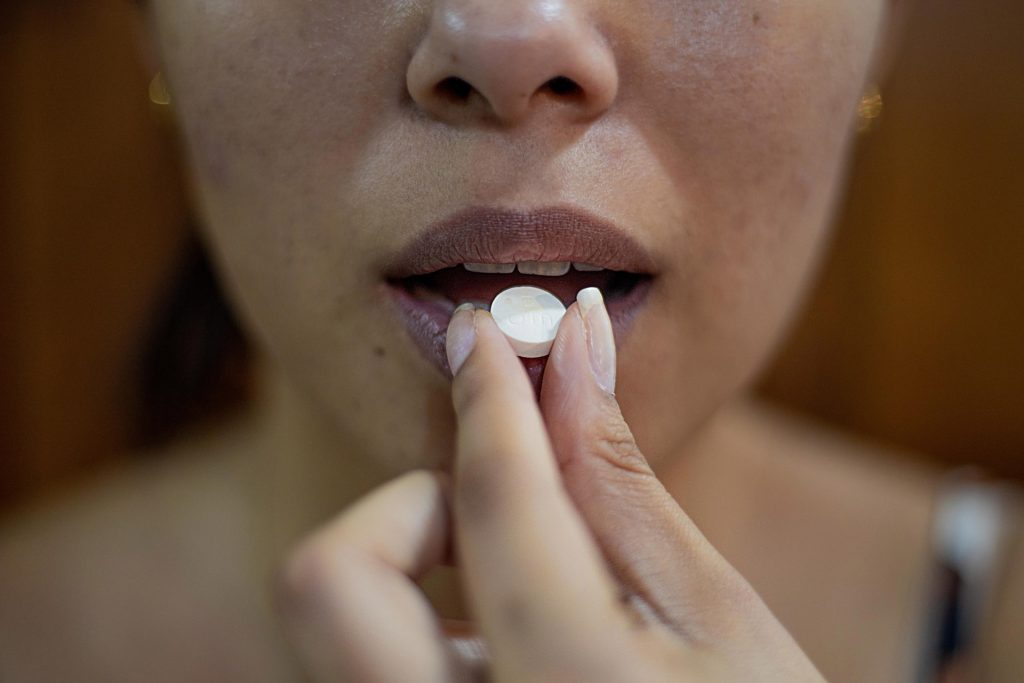Teens More Likely to Use Opioids when Parents Have Prescriptions
Norwegian study of more than 21 000 young people found that those whose parents had persistent opioid prescriptions faced more than double the risk of persistent opioid use

If a parent has persistent opioid prescriptions, their adolescent or young adult offspring has more than double the risk of persistent opioid use, according to a new study published October 23rd in the open-access journal PLOS Medicine by Anna Marcuzzi of the Norwegian University of Science and Technology, Norway, and colleagues.
The prescription of strong analgesics such as opioids is not recommended for young people. However, despite potential adverse long-term consequences, opioids are often prescribed for non-malignant pain in this population.
In the new study, researchers analysed data from 21 470 adolescents and young adults aged 13-29 years who participated in the population-based Young-HUNT or HUNT Study in Norway in 2006-2008 or 2017-2019. Each participant was linked with at least one parent who also participated in the HUNT study, and opioid prescription data were obtained from the Norwegian Prescription Database.
24.4% of young people had at least one opioid prescription during the seven-year follow-up period, while 1.3% had persistent opioid prescriptions, defined as prescriptions in at least three out of four quarters of a year. When a mother had persistent opioid prescriptions over a five-year period (two years before and three years after offspring participation), their offspring had 2.60 times the risk of persistent opioid use compared to those whose mothers had no prescriptions. When a father had persistent opioid prescriptions, their offspring had 2.37 times the risk of persistent opioid use. The association was also present but weaker for non-persistent opioid prescription – offspring whose mothers had two or more prescriptions had 1.34 times the risk of receiving any opioid prescription, while those whose fathers had two or more prescriptions had 1.19 times the risk, compared to offspring whose parents had no prescriptions. There was no clear evidence that parental chronic musculoskeletal pain status influenced these associations.
The authors note that because parental opioid prescriptions were measured both before and after offspring HUNT participation, some parental opioid prescriptions could have begun after offspring opioid use. However, they conclude that there is an association between parental and offspring opioid prescriptions.
“The study findings suggest that family-based strategies should be considered when managing pain conditions in adolescents and young adults to avoid potentially unnecessary opioid use,” they say.
The authors add, “Despite restrictive opioid policies, one in four adolescents and young adults received an opioid prescription during the seven years follow-up.”
“Adolescents whose parents had two or more opioid prescriptions had a more than two-fold higher risk of persistent opioid use (ie, multiple prescriptions in a year) than if the parents had no opioid prescriptions.”
Provided by PLOS


